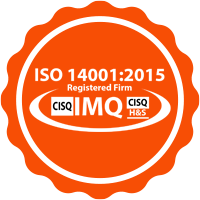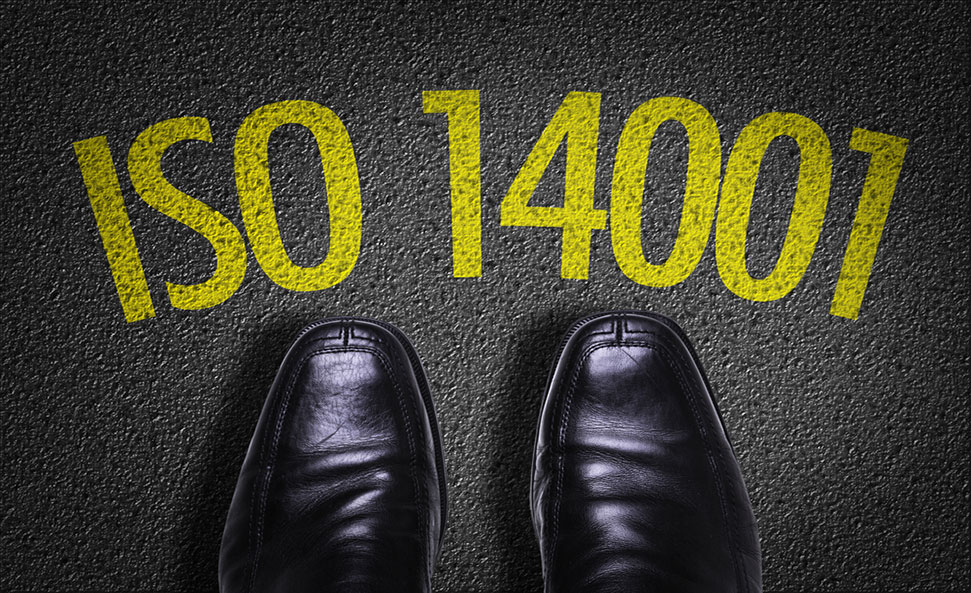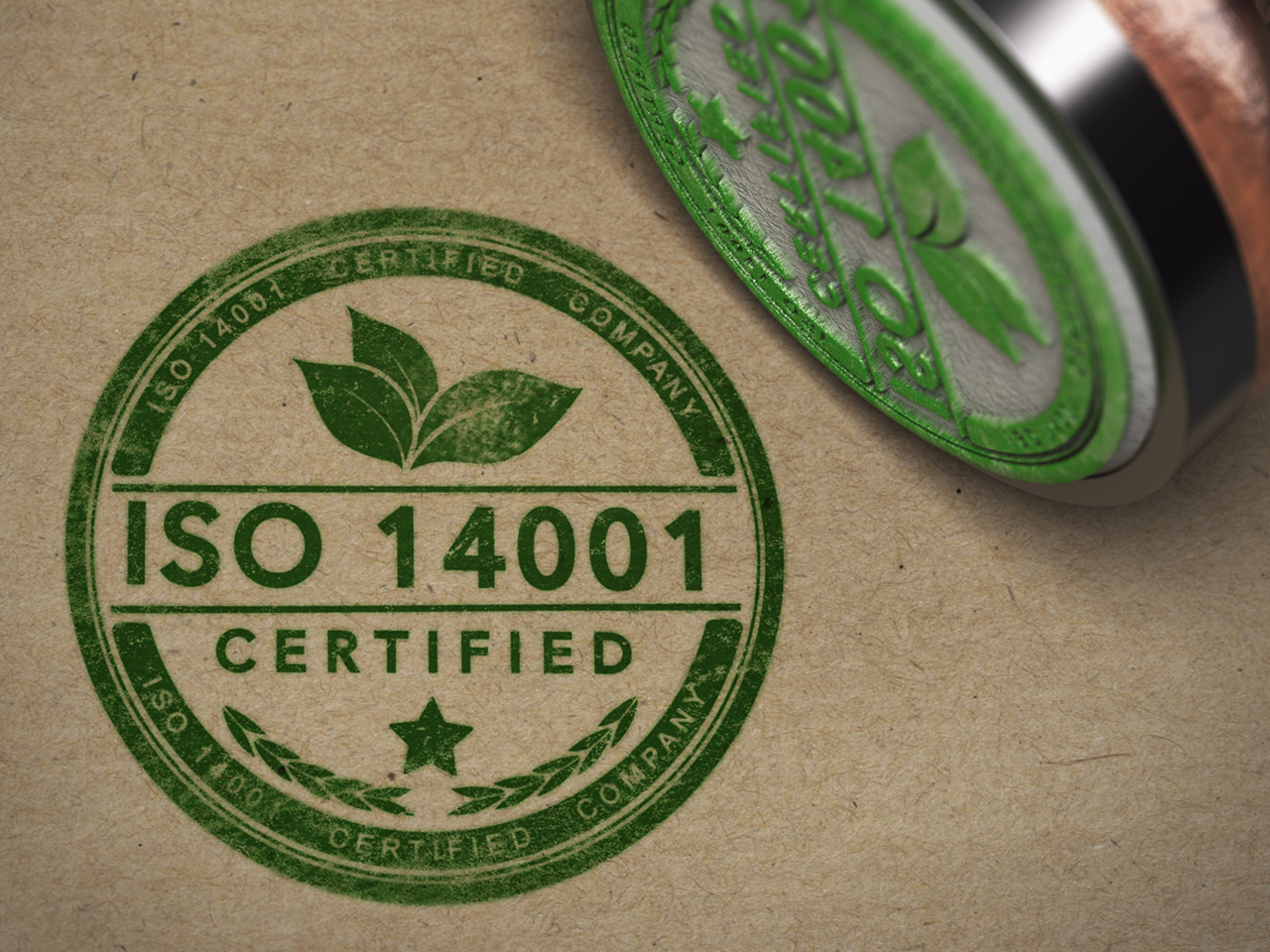Close

ISO 14001
Today, it can be claimed that according to studies conducted in various fields, environmental pollution occurs from various sources. In other words, the progress of human civilization and the development of technology, and the increasing population has caused the problem of air and ground pollution. This has led to the increasing disruption of the environment and dealing with its negative outcomes as one of the most important issues and challenges in the world. If the consequences of environmental degradation are ignored and it continues to be exploited excessively, it can occupy the international community with many problems. This has created a public demand for the preservation of the environment and the expansion of conservation programs.
Achieving a balance between the environment, society and the economy is essential to satisfy today's needs without compromising the ability of future generations to meet their own needs. This has led organizations to take a systematic approach to environmental management to help the pillars of sustainable development by implementing environmental management systems.

History of ISO 14001
Today, the ISO 14001 environmental management system is recognized as one of the most successful management systems. Many industries receive certificates every year. The BS7750 is named as the first published environmental standard in the world. This standard was introduced in 1992 by the British Standards Institution. It can be said that before the publication of this standard, environmental management was considered a part of larger systems such as responsible care. This standard laid the groundwork for the creation of an international environmental standard. Finally, in 1996, the first series of ISO 14001 standards was published by the International Organization for Standardization. A newer version of the standard was released in 2004 to meet the needs of users. Ultimately, in 2015 the final version of the standard was made available for organizations and industries.
Benefits of ISO 14001
The benefits of an environmental management system include:
• Clean air, water, and soil.
• Prevent or significantly reduce pollution and waste generation
• Health and safety of stakeholders
• Reduce the use of non-renewable resources
• Better protection and optimal use of natural resources
• Reduce financial costs by reducing resource consumption and minimizing waste
• Reduce or avoid potential emergencies
• Prevent non-compliance and reduce fines and clearing costs
• Transition to "eco-friendly" organization and enjoying its benefits
• Increase employee morale and occupational health and safety standards
• Improving customer and community relations

How to get ISO 14001 certificate?
ISO 14001 is the only member of the ISO 14000 series that an organization can certify. Obtaining a certificate of this standard indicates that the following items have been implemented in the organization:
•Comply with the requirements provided by this standard
•Meet the legal requirements and needs of customers and the expectations of stakeholders
•Document management system evidence
By receiving this certificate, organizations can show their customers and stakeholders that their environmental needs and expectations have been met. To receive a certificate, it is necessary for organizations to first implement the requirements of this system in their organization and then to perform audits and receive a certificate from reputable companies providing the certificates.
Ark Safety Industry in order to achieve its goals and meet the expectations of customers and stakeholders implemented a environment management system (ISO 14001) in 2020. In August and September 2020, the first and second rounds respectively were audited by the auditors of Marzban Quality Group. Ark Safety Industry succeeded in obtaining the environment management system certification from IMQ Italy.
Just Take the First Step...

 Military Shoe
Military Shoe
 Safety Shoe
Safety Shoe
 Work Wear
Work Wear
 Office Shoe
Office Shoe
 Hiking Shoe
Hiking Shoe


